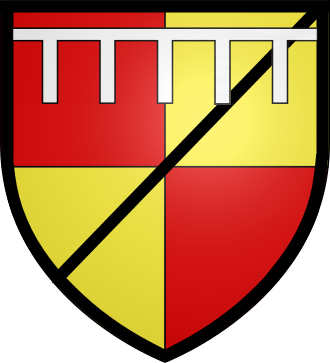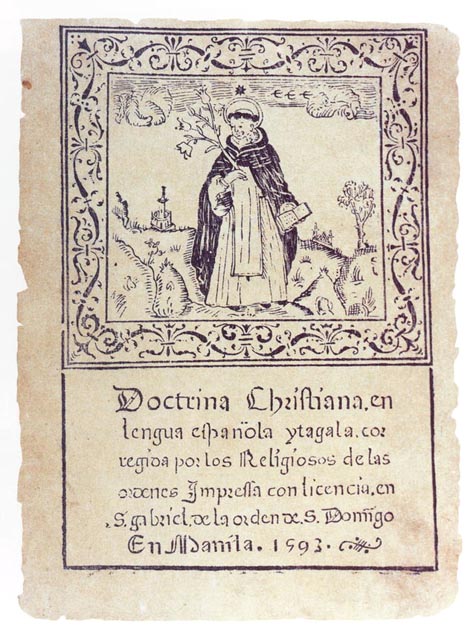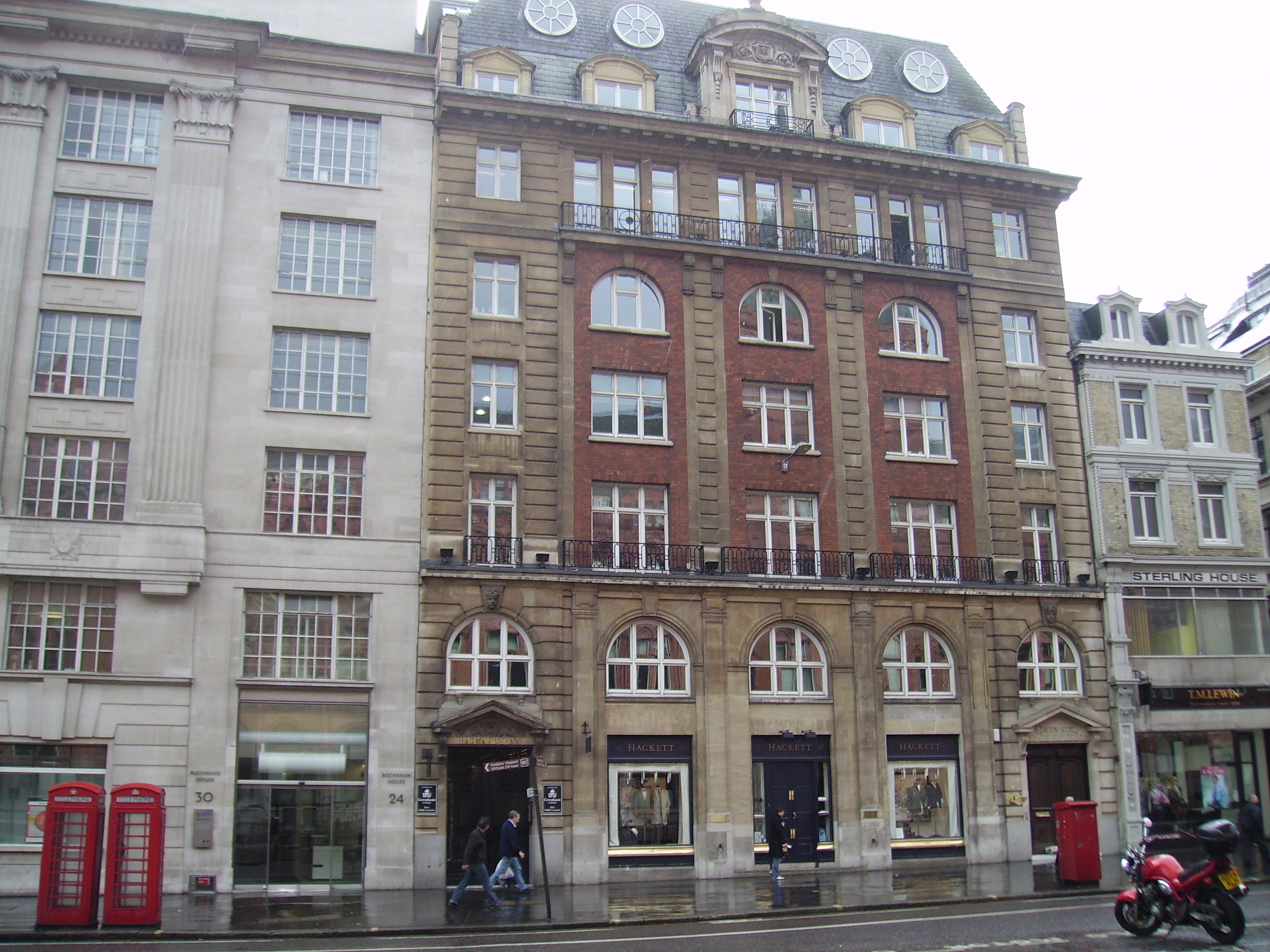|
Thavie's Inn
Thavie's Inn was a former Inn of Chancery, associated with Lincoln's Inn, established at Holborn, near the site of the present side street and office block still known as Thavies Inn Buildings. ''Thavie's Inn'' is one of the earliest Inns of Chancery on record, both by date of establishment and dissolution. It remains a well-known City of London landmark, where Lloyd's Bank is situated, on the opposite side of Holborn Circus from Ely Place. Origin of property In 1349 John Thavie, an armourer based in the parish of St Andrew's, Holborn, "left a considerable Estate towards the support of the fabric forever" of that church, a legacy which survived the English Reformation. It has been invested carefully through the centuries, and still provides for the church's current upkeep. His name has been transcribed as 'Thavy', 'Tavy' and 'Davy', i.e. the Welsh surname ('dd' in Welsh is pronounced 'th', when Anglicised as a single 'D' the pronunciation is lost). In his will, the property i ... [...More Info...] [...Related Items...] OR: [Wikipedia] [Google] [Baidu] |
Inns Of Chancery
The Inns of Chancery or ''Hospida Cancellarie'' were a group of buildings and legal institutions in London initially attached to the Inns of Court and used as offices for the clerks of chancery, from which they drew their name. Existing from at least 1344, the Inns gradually changed their purpose, and became both the offices and accommodation for solicitors (as the Inns of Court were to barristers) and a place of initial training for barristers. The practice of training barristers at the Inns of Chancery had died out by 1642, and the Inns instead became dedicated associations and offices for solicitors. With the founding of the Society of Gentleman Practisers in 1739 and the Law Society of England and Wales in 1825, a single unified professional association for solicitors, the purpose of the Inns died out, and after a long period of decline the last one ( Clement's Inn) was sold in 1903 and demolished in 1934. History The Inns of Chancery evolved in tandem with the Inns of ... [...More Info...] [...Related Items...] OR: [Wikipedia] [Google] [Baidu] |
Stephen Of England
Stephen (1092 or 1096 – 25 October 1154), often referred to as Stephen of Blois, was King of England from 22 December 1135 to his death in 1154. He was Count of Boulogne '' jure uxoris'' from 1125 until 1147 and Duke of Normandy from 1135 until 1144. His reign was marked by the Anarchy, a civil war with his cousin and rival, the Empress Matilda, whose son, Henry II, succeeded Stephen as the first of the Angevin kings of England. Stephen was born in the County of Blois in central France as the fourth son of Stephen-Henry, Count of Blois, and Adela, daughter of William the Conqueror. His father died as a crusader while Stephen was still young, and he was brought up by his mother. Placed into the court of his uncle Henry I of England, Stephen rose in prominence and was granted extensive lands. He married Matilda of Boulogne, inheriting additional estates in Kent and Boulogne that made the couple one of the wealthiest in England. Stephen narrowly escaped drowning w ... [...More Info...] [...Related Items...] OR: [Wikipedia] [Google] [Baidu] |
Stone Buildings
Stone Buildings, Lincoln's Inn were constructed from 1774 to 1780. The architect was Sir Robert Taylor. Stone Buildings is a Grade I listed building. Stone Buildings appear in Anthony Trollope's novel '' The Prime Minister''. Stone Buildings are so-called from the material with which they are constructed. They were constructed in accordance with an ultimately unrealised plan to rebuild Lincoln's Inn entirely in stone. Their construction was the initial step in that plan. The working drawings were made by a young man called Leach, then a clerk in Taylor's office, who later became Master of the Rolls. Leach's drawings are preserved in the Library of Lincoln's Inn. Pitt's chambers appear to have been in Stone BuildingsWheatley and Cunningham. "Stone Buildings, Lincoln's Inn" in '' London Past and Present: Its History, Associations, and Traditions''. John Murray. Albemarle Street, London. 1891p 319Edwin Coeis the current occupant. 3 Stone Buildings James Kenneth Stephen had cham ... [...More Info...] [...Related Items...] OR: [Wikipedia] [Google] [Baidu] |
Furnival's Inn
Furnival's Inn was an Inn of Chancery which formerly stood on the site of the present Holborn Bars building (the former Prudential Assurance Company building) in Holborn, London, England. History Furnival's Inn was founded about 1383 when William de Furnival, 4th Lord Furnival leased a boarding facility to Clerks of Chancery, who prepared writs for the king's courts, assisted by apprentices who, as such, received a preliminary legal training. By the 15th century the Inns of Chancery had become preparatory schools for students wishing to be called to the bar by the Inns of Court. In 1548 it was affiliated to Lincoln's Inn through a long-term lease. Sir Thomas More was Reader at the Inn from 1504 to 1507. By the seventeenth century, the Inns of Chancery began to turn into societies for attorneys and solicitors; they became residences, offices and dining clubs. The greater part of the old Inn was taken down in Charles I's time, and a new building erected in its stead. Although ... [...More Info...] [...Related Items...] OR: [Wikipedia] [Google] [Baidu] |
Benedictine Order
The Benedictines, officially the Order of Saint Benedict (, abbreviated as O.S.B. or OSB), are a mainly Christian mysticism, contemplative Christian monasticism, monastic Religious order (Catholic), order of the Catholic Church for men and for women who follow the Rule of Saint Benedict. Initiated in 529, they are the oldest of all the religious orders in the Latin Church. The male religious are also sometimes called the Black Monks, especially in English speaking countries, after the colour of their religious habit, habits, although some, like the Olivetans, wear white. They were founded by Benedict of Nursia, a 6th-century Italian monk who laid the foundations of Benedictine monasticism through the formulation of his Rule. Benedict's sister, Scholastica, possibly his twin, also became a religious from an early age, but chose to live as a hermit. They retained a close relationship until her death. Despite being called an order, the Benedictines do not operate under a single ... [...More Info...] [...Related Items...] OR: [Wikipedia] [Google] [Baidu] |
Henry De Lacy, Earl Of Lincoln
Henry de Lacy, Earl of Lincoln (c. 1251February 1311), Baron of Pontefract, Lord of Bowland, Baron of Halton and hereditary Constable of Chester, was an Kingdom of England, English nobleman and confidant of King Edward I of England, Edward I. He served Edward in Wales, France, and Scotland, both as a soldier and a diplomat. Through his mother he was a great-grandson of Amadeus IV, Count of Savoy. He is the addressee, or joint composer, of a poem (a ''tenson'') by Walter of Bibbesworth about Crusades, crusading, ''La pleinte par entre missire Henry de Lacy et sire Wauter de Bybelesworthe pur la croiserie en la terre seinte''. Origins Henry was the son and heir of Edmund de Lacy, Baron of Pontefract (c. 1230–1258) (eldest son and heir apparent of John de Lacy, Earl of Lincoln (c. 1192–1240) and Margaret de Quincy, Countess of Lincoln, Margaret de Quincy suo jure Countess of Lincoln (c. 1206–1266)) by his wife Alice of Saluzzo, a Savoyard noblewoman descended from Amadeus ... [...More Info...] [...Related Items...] OR: [Wikipedia] [Google] [Baidu] |
Fleet Street
Fleet Street is a street in Central London, England. It runs west to east from Temple Bar, London, Temple Bar at the boundary of the City of London, Cities of London and City of Westminster, Westminster to Ludgate Circus at the site of the London Wall and the River Fleet from which the street was named. The street has been an important through route since Londinium, Roman times. During the Middle Ages, businesses were established and senior clergy lived there; several churches remain from this time including Temple Church and St Bride's Church, St Bride's. The street became known for printing and publishing at the start of the 16th century and by the 20th century, most List of newspapers in the United Kingdom, British national newspapers operated here. Much of the industry moved out in the 1980s after News International set up cheaper manufacturing premises in Wapping, but some former newspaper buildings are Listed building, listed and have been preserved. The term ''Fleet Str ... [...More Info...] [...Related Items...] OR: [Wikipedia] [Google] [Baidu] |
Holborn
Holborn ( or ), an area in central London, covers the south-eastern part of the London Borough of Camden and a part (St Andrew Holborn (parish), St Andrew Holborn Below the Bars) of the Wards of the City of London, Ward of Farringdon Without in the City of London. The area has its roots in the civil parish#Ancient parishes, ancient parish of Holborn, which lay on the west bank of the now buried River Fleet; the district takes its name from an alternative name for the river: the Holbourne (or Oldbourne). The area is sometimes described as part of the West End of London or of the wider West London area. The River Fleet also gave its name to the streets ''Holborn'' and ''High Holborn'' which extend west from the site of the former Newgate in the London Wall, over the Fleet, through Holborn and towards Westminster. The district benefits from a central location which helps provide a strong mixed economy. The area is particularly noted for its links to the legal profession, for the ... [...More Info...] [...Related Items...] OR: [Wikipedia] [Google] [Baidu] |
Dominican Order
The Order of Preachers (, abbreviated OP), commonly known as the Dominican Order, is a Catholic Church, Catholic mendicant order of pontifical right that was founded in France by a Castilians, Castilian priest named Saint Dominic, Dominic de Guzmán. It was approved by Pope Honorius III via the papal bull on 22 December 1216. Members of the order, who are referred to as Dominicans, generally display the letters ''OP'' after their names, standing for , meaning 'of the Order of Preachers'. Membership in the order includes friars, nuns, Religious sister (Catholic), active sisters, and Laity, lay or secular Dominicans (formerly known as Third Order of Saint Dominic, tertiaries). More recently, there have been a growing number of associates of the religious sisters who are unrelated to the tertiaries. Founded to preach the The gospel, gospel and to oppose heresy, the teaching activity of the order and its scholastic organisation placed it at the forefront of the intellectual life of ... [...More Info...] [...Related Items...] OR: [Wikipedia] [Google] [Baidu] |
Barnard's Inn
Barnard's Inn is a former Inns of Chancery, Inn of Chancery in Holborn, London. It is now the home of Gresham College, an institution of higher learning established in 1597 that hosts public lectures. Over the centuries, it has served as a school for law students, a venue for qualified attorneys, and residential chambers. The Inn suffered damage during the Gordon Riots in 1780, but was compensated. It was purchased by the Mercers' Company in the late 19th century and served as the Mercers' School premises until 1959. The buildings include a hall with 18th-century chambers and reception rooms, featuring notable architectural elements like 15th-century wooden bays, 16th-century linen fold wood panelling, and the only surviving Crown post, crown posts in Greater London. Since 1991, the Inn has been home to Gresham College, hosting public lectures. History Barnard's Inn dates back at least to the mid-thirteenth century – it was recorded as part of the estate of Sir Adam de Basi ... [...More Info...] [...Related Items...] OR: [Wikipedia] [Google] [Baidu] |
Lincoln's Inn
The Honourable Society of Lincoln's Inn, commonly known as Lincoln's Inn, is one of the four Inns of Court (professional associations for Barrister, barristers and judges) in London. To be called to the bar in order to practise as a barrister in England and Wales, an individual must belong to one of these inns. The other three are Middle Temple, Inner Temple, and Gray's Inn. Lincoln's Inn is situated in Holborn, in the London Borough of Camden, just on the border with the City of London and the City of Westminster, and across the road from London School of Economics and Political Science, Royal Courts of Justice and King's College London's Maughan Library. The nearest tube station is Holborn tube station or Chancery Lane tube station, Chancery Lane. Lincoln's Inn is the largest Inn, covering . It is believed to be named after Henry de Lacy, 3rd Earl of Lincoln. History During the 12th and early 13th centuries, the law was taught in the City of London, primarily by the clergy ... [...More Info...] [...Related Items...] OR: [Wikipedia] [Google] [Baidu] |






